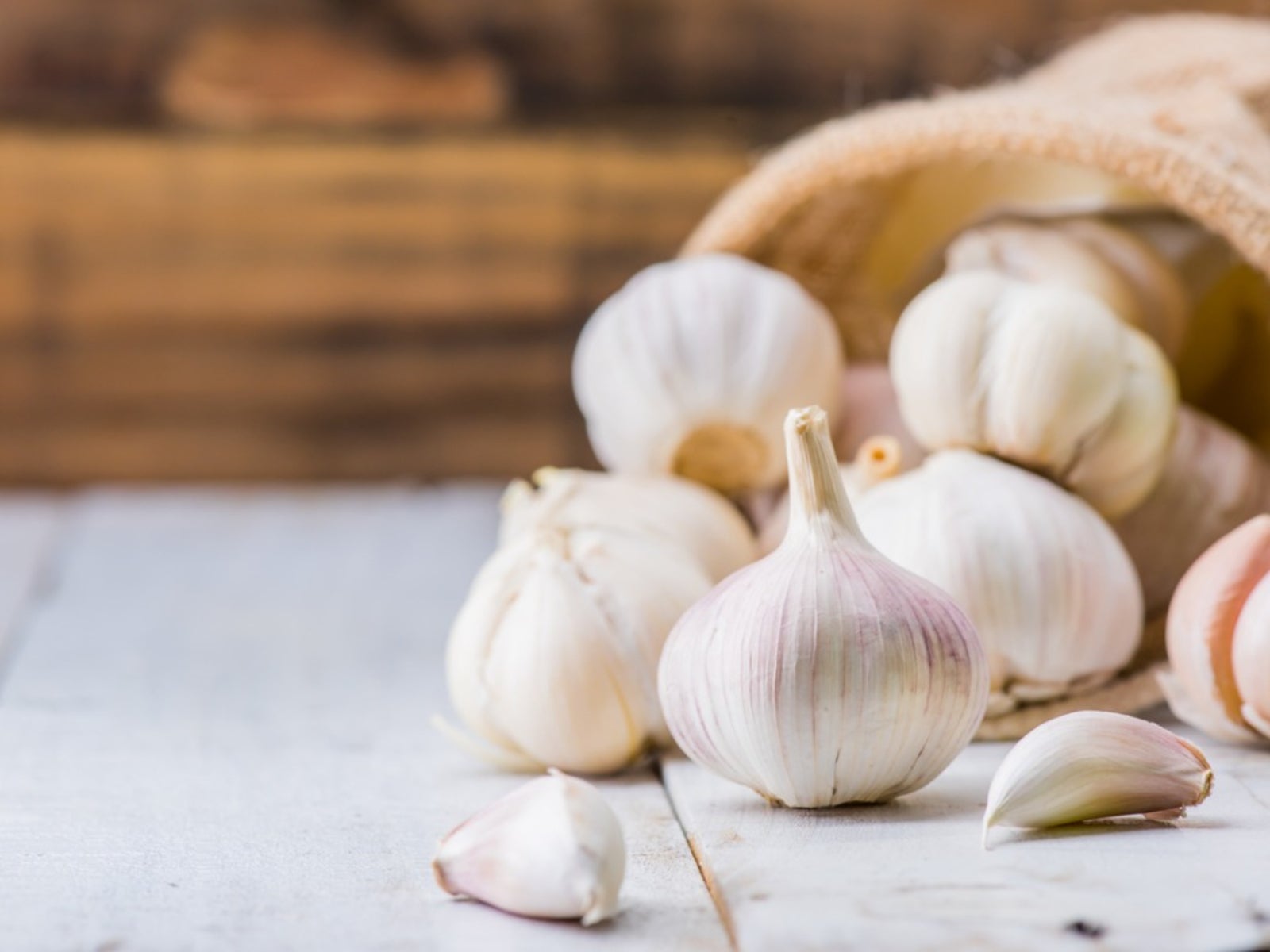Can You Grow Garlic From Seed


Once in awhile someone wonders how to grow garlic from seed. While growing garlic is easy, there's no sure way to do so using garlic seed. Garlic is typically grown from cloves, or occasionally bulbils.
About Garlic Seed Propagation
Although you may see or hear it referred to as seed, seed garlic, or even seed stock, the truth is garlic doesn't usually set true seed, and on those rare occasions when it does, garlic seed resembles the small, black seeds of onions. The flowers of garlic plants usually fade long before producing any seed. Of course, plants produced using garlic seed propagation are not likely to grow anyway and those few that do will take years to produce any garlic. Occasionally, topsets (or flower stalks) can be removed and used to increase seed stock, as some varieties may stimulate seed production. For the most part, garlic is reproduced and grown from cloves. Garlic seed propagation depends mainly on the variety used and the climate where it is grown.
- Hardneck varieties such as Purple Stripe produce flower stalks and are usually well adapted to cooler climates. Hardneck garlic has a slightly shorter shelf life, from five to seven months, while softneck varieties can be stored for up to nine months.
- Softneck garlic, like artichoke, don't normally produce flower stalks, however, climate can be a factor as to whether or not this actually happens. Although some types of softneck garlic are suitable for cool climates, most do better in warmer environments. Your best chance for garlic seed propagation to be successful is to grow several varieties.
How to Grow Seed Garlic
Garlic can be grown easily, and again, it is typically grown from cloves, not garlic seed. In the rare instances you do get those true black seeds, they should be planted much like you would with onion seeds. Garlic grows best in loose, well-drained soil that's been amended with organic matter. Like many bulbs, "seed" garlic requires a cold period for healthy growth. You can plant garlic cloves anytime in autumn, provided it's early enough for them to build strong roots systems and the soil is still manageable. Separate the cloves just prior to planting and locate a sunny area to grow them in. Plant the cloves with the point facing upward about 2 to 3 inches (5-8 cm.) deep and spacing about 6 inches (15 cm.). Apply a generous amount of mulch to help protect their shallow roots over winter. This can be removed in early spring once the new growth is ready to emerge and the threat of freezing has ceased. During its growing season, garlic requires frequent watering and occasional fertilizing. The plants can be harvested in late summer. Dig up the garlic plants and bundle them together (about six to eight plants) for drying. Hang them in a well-ventilated area for about three to four weeks.
Sign up for the Gardening Know How newsletter today and receive a free copy of our e-book "How to Grow Delicious Tomatoes".

Nikki Tilley has been gardening for nearly three decades. The former Senior Editor and Archivist of Gardening Know How, Nikki has also authored six gardening books.